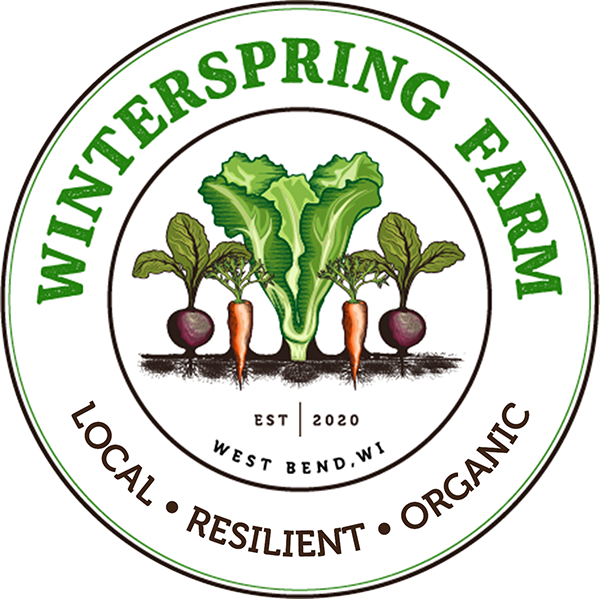Sage
Culinary Use, Storage, & Benefits
Herb Profile: Sage (Salvia officinalis)
Description
Sage is prized the world over as an aromatic culinary spice and herbal medicine. It grows as a short-lived perennial on our farm, as one of the cold hardiest and therefore longest-season herbs. Its flavor is zesty, camphor-like, and refreshing. It makes a great garden companion for cabbage and carrots as they are thought to deter cabbage moths and caterpillars, carrot rust flies, and swallowtail caterpillars that feed on carrot family plants.
Nutrition
Sage contains tannins, which are thought to contribute to its astringent nature. It helps dry up runny mucus, perspiration, saliva, and even breast milk (which is great if you have that intention!). The volatile oils of sage are antiseptic, and thought to help clear and focus the mind. Infused vinegars can be used as a supplement, added as a tablespoon per gallon of water, for poultry.
Storage
Sage will stay fresh in a glass of water on the counter for up to 3 days, out of direct sunlight, in a cool place. It will keep fresh in a watertight container in the fridge for a week. If you plan to store it longer, I recommend drying it by hanging it in a low-light, well ventilated area for a week.
Use
This is by no means an exhaustive list, as sage is a classic ingredient in many traditional cuisines.
Fresh: Try making a sage infused vinegar by adding a bunch to a jar of white or apple cider vinegar, making sure the plant material is submerged. Strain off in 6 weeks and enjoy as a base for marinades, dressings, and more. You can do the same for olive oil or honey!
Cooked: Leaves and flowers can be added to meats as they cook, broths and stocks can be infused at the end of the cooking process with sage, or you can do the same with rice or other grains to make sage-infused rice.
Dried: Dried sage actually has a stronger flavor due to more concentration of plant material vs water. Sage is so easy to dry, and happily hangs in a low-light area with good ventilation until crisp. Use as a spice on eggs or potatoes, or even as a classic seasoning for poultry!
Sources:
Good Garden Companions by Sally Jean Cunningham
The New Whole Foods Encyclopedia by Rebecca Wood
The Rodale Encyclopedia of Herbs by Anna Carr
Asparagus to Zucchini by Fairshare Coalition
Produce: A fruit and vegetable lover's guide by Bruce Beck
Our own experience!


